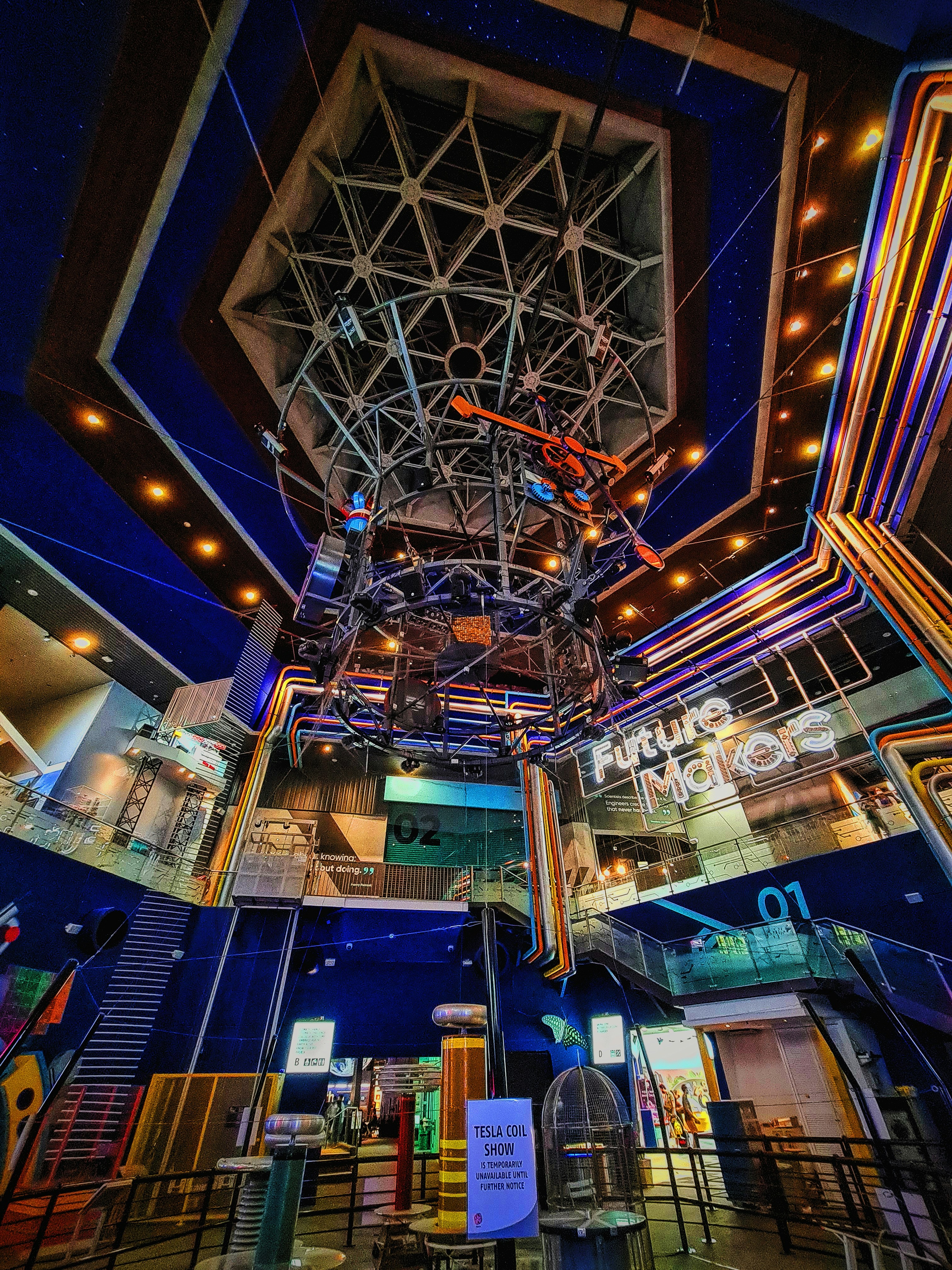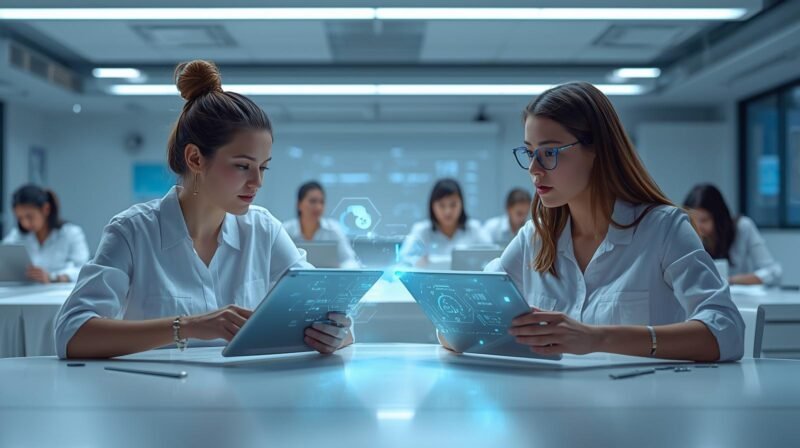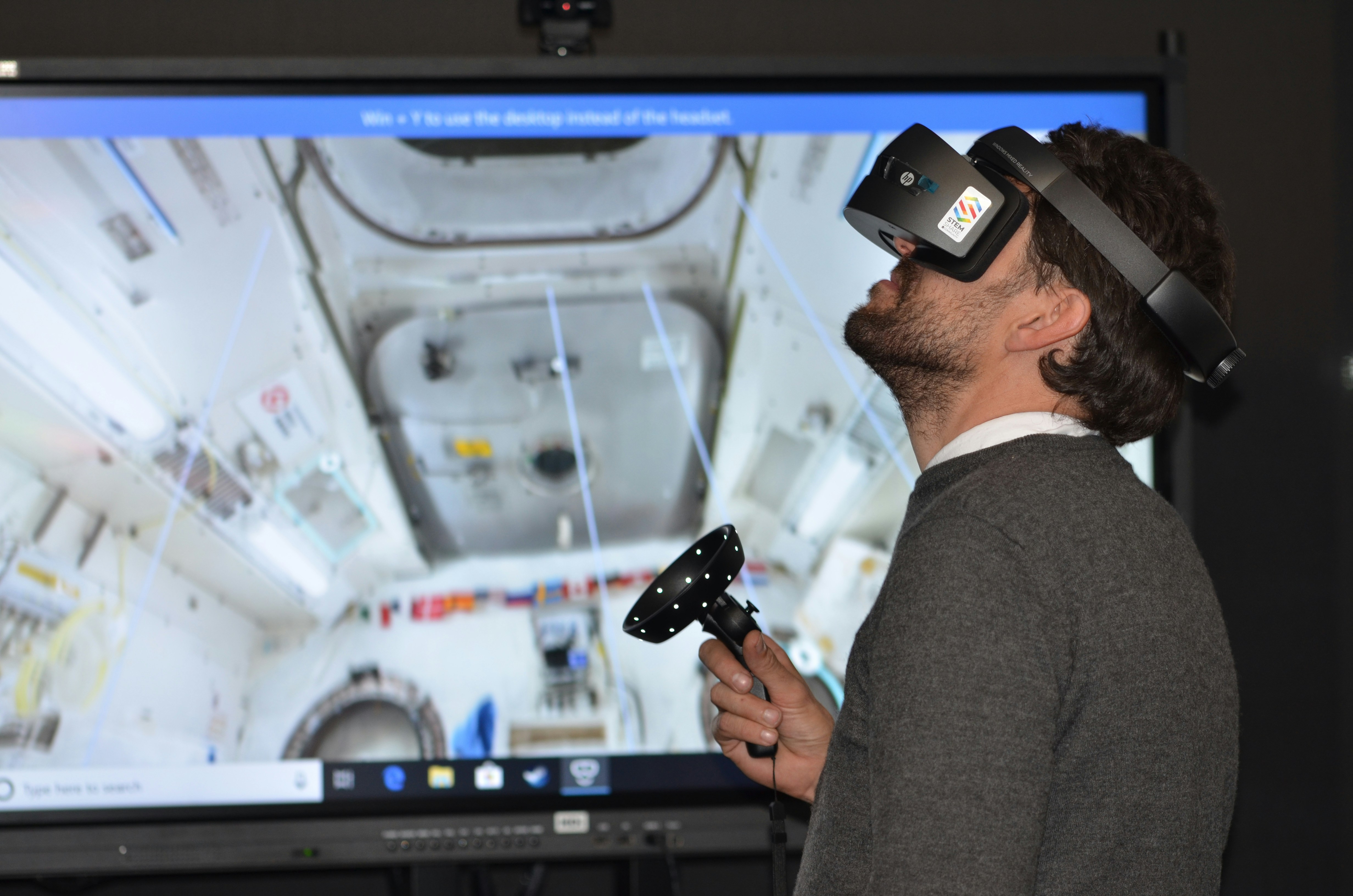
Introduction to the Futuristic Classroom
The concept of a futuristic classroom encapsulates a transformative shift in education, characterized by the integration of advanced technology and innovative design principles. In such an environment, the physical characteristics are tailored to promote optimal learning experiences. Bright, adaptive lighting is designed to adjust to various activities and preferences, supporting students’ focus and energy levels throughout the day. Natural light is maximized through large windows, creating a warm and inviting atmosphere that reduces eye strain and enhances overall well-being.
Central to the futuristic classroom are advanced digital displays that revolutionize how information is presented and consumed. These displays not only serve as interactive boards but also enable seamless collaboration among students and teachers. Utilizing augmented and virtual reality technologies, these displays can bring lessons to life, helping students visualize complex concepts and engaging their imaginations. Furthermore, the use of touch-sensitive screens and gesture-based controls facilitates a hands-on learning experience, promoting active participation and instant feedback.
Flexible seating arrangements are another hallmark of the innovative classroom. Desks and furniture are reconfigurable, allowing for a variety of groupings that cater to different learning styles and activities. This adaptability encourages collaboration, as students can easily form small discussion groups or work independently as needed. Cozy reading nooks, standing desks, and traditional seating are integrated, creating a diverse array of learning spaces that accommodate individual preferences and foster creativity.
In essence, the futuristic classroom is designed to be responsive to the diverse needs of students. It emphasizes a balance between technology and physical space, nurturing an immersive learning environment that encourages student engagement, collaboration, and exploration. This foundational understanding lays the groundwork for examining how holographic AI assistants can enhance these innovative learning experiences in the classroom.
Role of Holographic AI Assistants
Holographic AI assistants are poised to revolutionize the educational landscape by introducing innovative functionalities that enrich the classroom experience for both students and teachers. These advanced entities are designed to interact seamlessly with learners, acting as virtual tutors that provide personalized guidance and support. By leveraging artificial intelligence and holographic technologies, these assistants can adapt their teaching methods to cater to individual learning styles, ensuring engagement and comprehension among students.
One of the primary roles of holographic AI assistants is to aid educators in lesson planning. They can analyze educational materials, recommend relevant resources, and even generate interactive lessons tailored to the specific needs of the class. As a result, educators can focus more on teaching rather than spending excessive time on administrative tasks. Furthermore, these AI systems can streamline assessment processes by offering real-time feedback on students’ assignments, helping learners identify areas for improvement and fostering a growth mindset.
The underlying technology that supports these holographic AI assistants encompasses advanced voice recognition and real-time data analysis capabilities. Voice recognition enables seamless communication between the assistant, teachers, and students, facilitating a more dynamic learning environment. Coupled with real-time data analysis, the assistants can monitor student performance and engagement, providing actionable insights that help educators make informed decisions to improve learning outcomes.
In addition to enhancing lesson planning and assessment, holographic AI assistants can foster collaboration among students. By encouraging teamwork in projects and discussions, such assistants can help students develop critical social skills while learning the subject matter. Overall, the integration of holographic AI assistants in education serves not only to streamline administrative processes but also to enhance the quality of learning experiences, making education more accessible and engaging for everyone involved.
Collaborative Teaching Approaches
The integration of holographic AI assistants in the classroom represents a transformative shift in education, enabling a collaborative dynamic between educators and technology. These AI-driven tools are designed to complement traditional teaching methods, providing personalized learning experiences that cater to the diverse needs of students. For instance, a holographic AI assistant can analyze individual learning patterns and adapt instructional materials accordingly, allowing teachers to focus on fostering critical thinking and creativity among their students.
Teachers can utilize holographic assistants to manage classroom activities in a more interactive manner. For example, during group projects, the AI can facilitate discussions, assist in brainstorming sessions, and provide real-time feedback to students. This not only enhances the learning experience but also alleviates some of the workload from teachers, allowing them to dedicate more time to personalized instruction and mentoring. In this collaborative environment, students are encouraged to engage actively with their learning materials, which promotes a deeper understanding of the subject matter.
However, the successful implementation of holographic AI assistants in educational settings requires comprehensive training and adaptation for teachers. Educators must familiarize themselves with the technology to effectively harness its potential while maintaining their pedagogical integrity. Professional development programs focusing on technology integration can assist teachers in navigating the challenges and opportunities presented by AI tools. Such initiatives are crucial for ensuring that educators can confidently utilize these innovative resources to enrich their teaching practices and ultimately enhance student outcomes.
By fostering an environment where teachers and holographic AI assistants collaborate, education can evolve to meet the demands of an increasingly complex world. The future lies in the ability to blend human creativity with advanced technology, paving the way for an engaged and diverse learning experience that benefits all students.
The Impact on Learning Outcomes
The integration of holographic AI assistants into educational settings presents significant opportunities for enhancing learning outcomes. Emerging empirical data coupled with anecdotal evidence strongly indicates that these advanced tools contribute positively to student engagement, performance, and information retention. By providing tailored assistance and interactive learning experiences, holographic AI assistants cater to diverse learning styles, making the educational process more inclusive and effective.
Recent studies have highlighted notable improvements in student engagement when holographic AI is employed in classrooms. For instance, students exposed to interactive sessions featuring holograms demonstrated increased participation compared to those in traditional learning environments. The visual and immersive nature of holographic content fosters curiosity, encouraging students to explore topics more deeply. Such engagement is crucial, as it directly correlates with enhanced motivation levels—a critical factor in achieving academic success.
Moreover, performance metrics have shown that students utilizing holographic assistants exhibit higher test scores and better comprehension of complex topics. By providing real-time feedback and personalized learning pathways, these AI systems help identify and bridge knowledge gaps effectively. As a result, students not only grasp concepts more thoroughly but also develop critical thinking skills that are essential in today’s dynamic world.
Retention of information is another area where holographic AI has made a substantial impact. Research indicates that the combination of visual stimuli and interactive elements improves memory recall, leading to better academic outcomes. Students who engage with holographic materials tend to retain information longer and demonstrate a deeper understanding of subject matter.
Looking ahead, the scalability of holographic AI assistants could revolutionize teaching methodologies. As the technology becomes more affordable and widespread, educators may be able to implement these tools across various learning environments, further enhancing the overall education system. The future of education may thus be characterized by a transformation in learning experiences, leveraging holographic technologies to create enriched, supportive, and effective educational frameworks.



